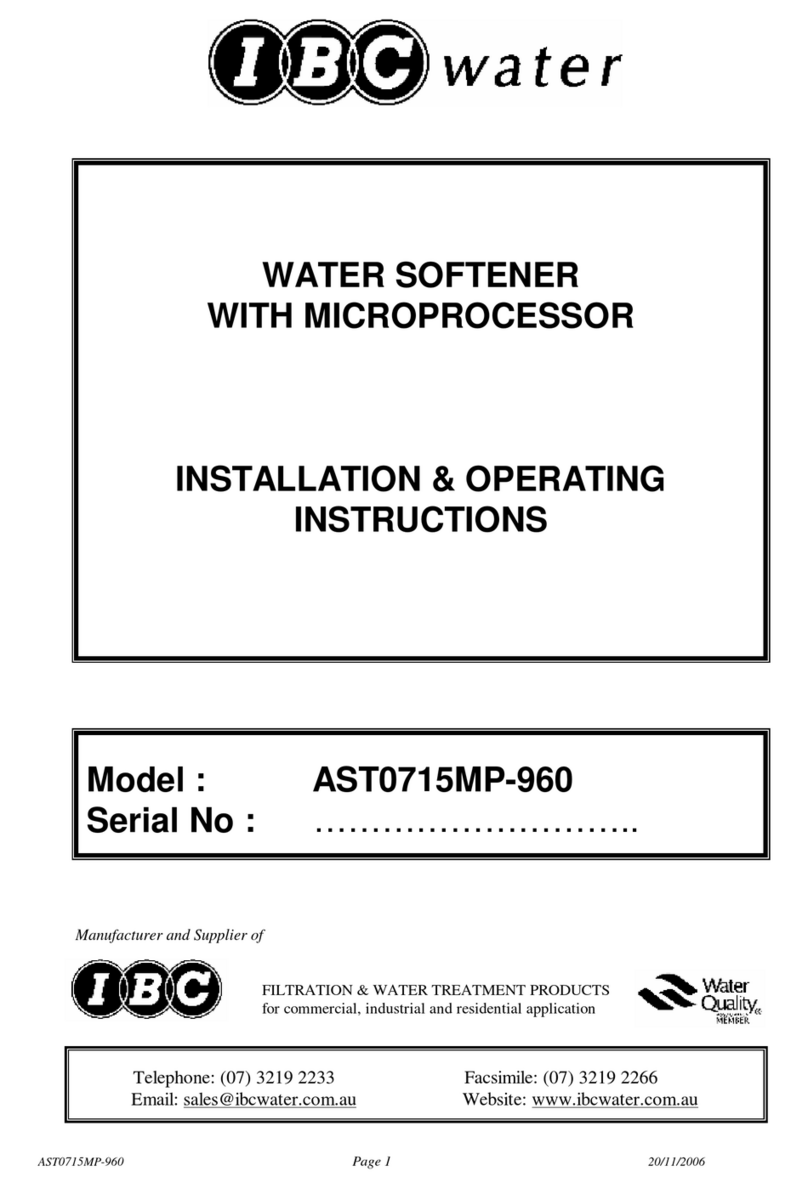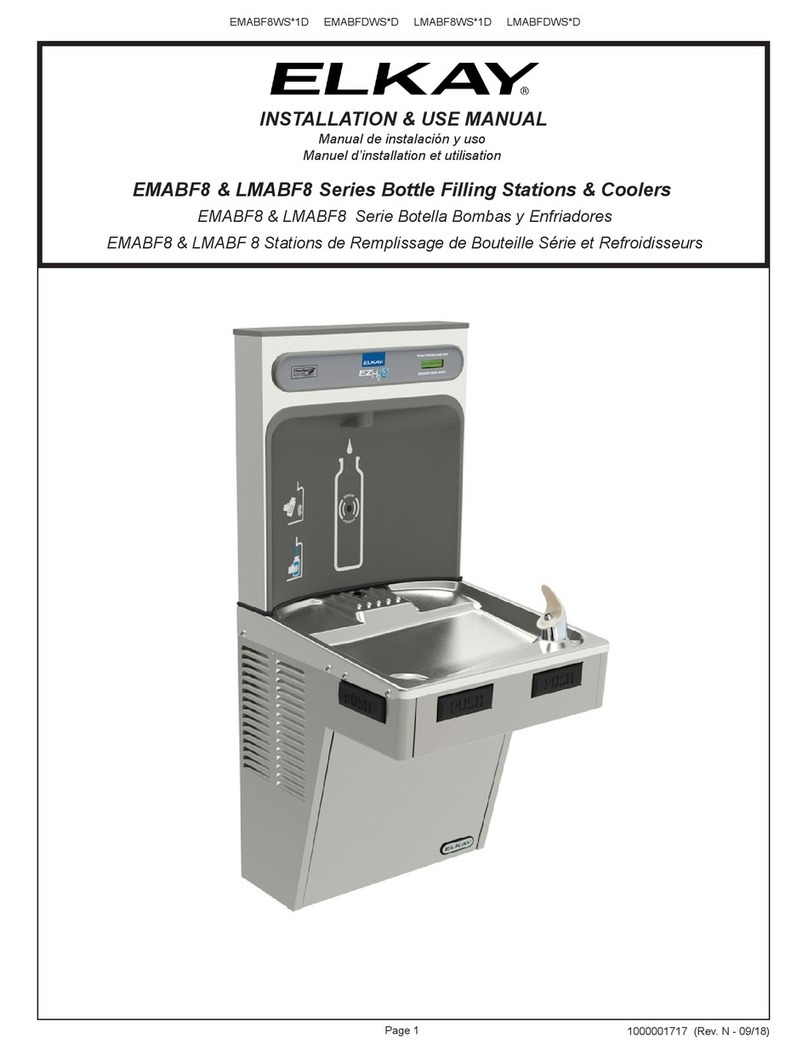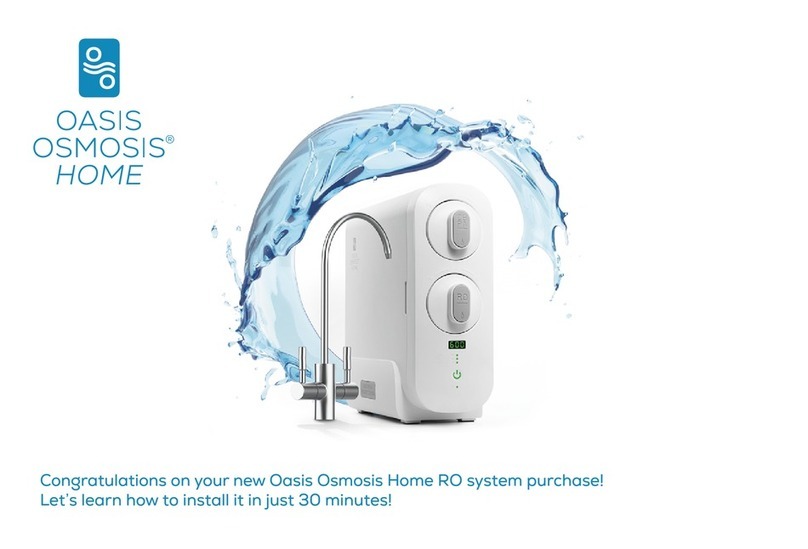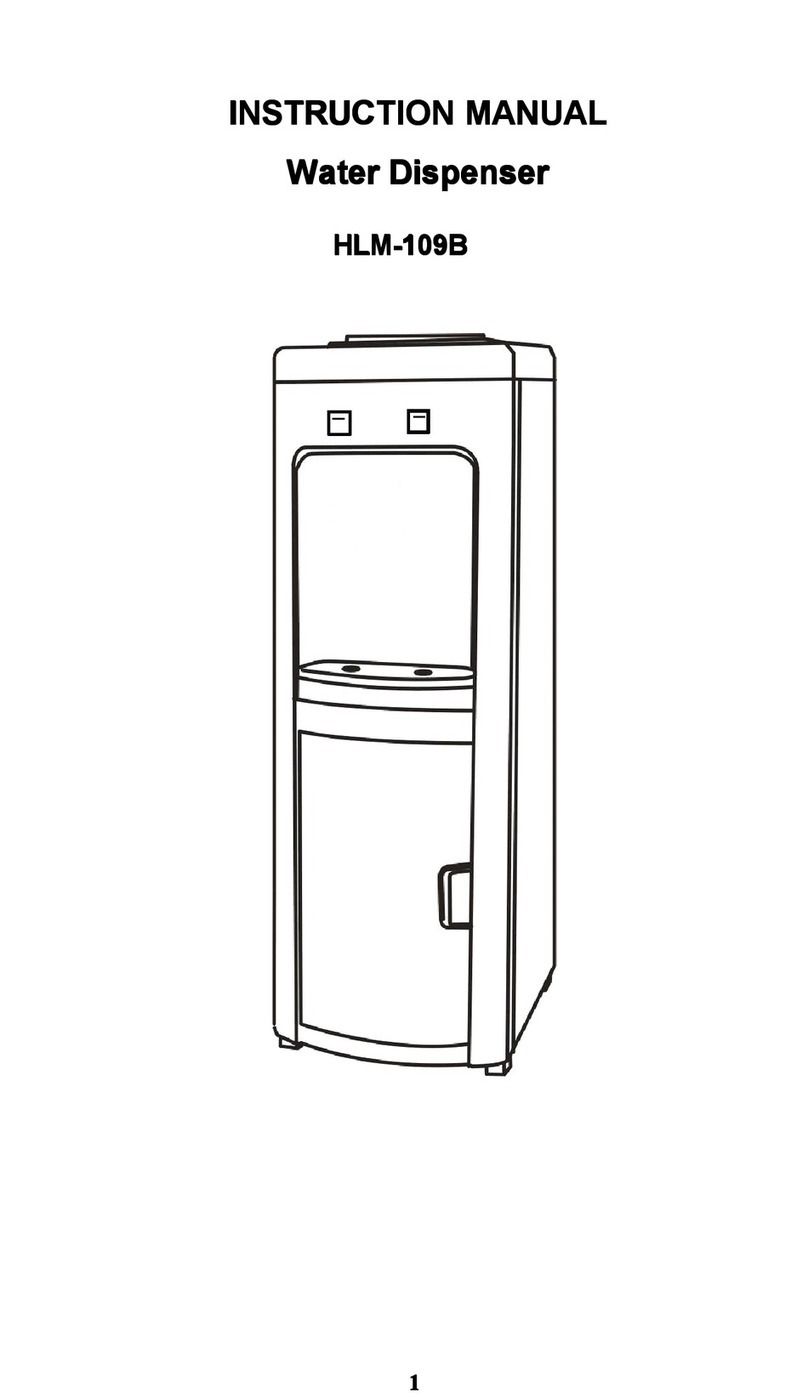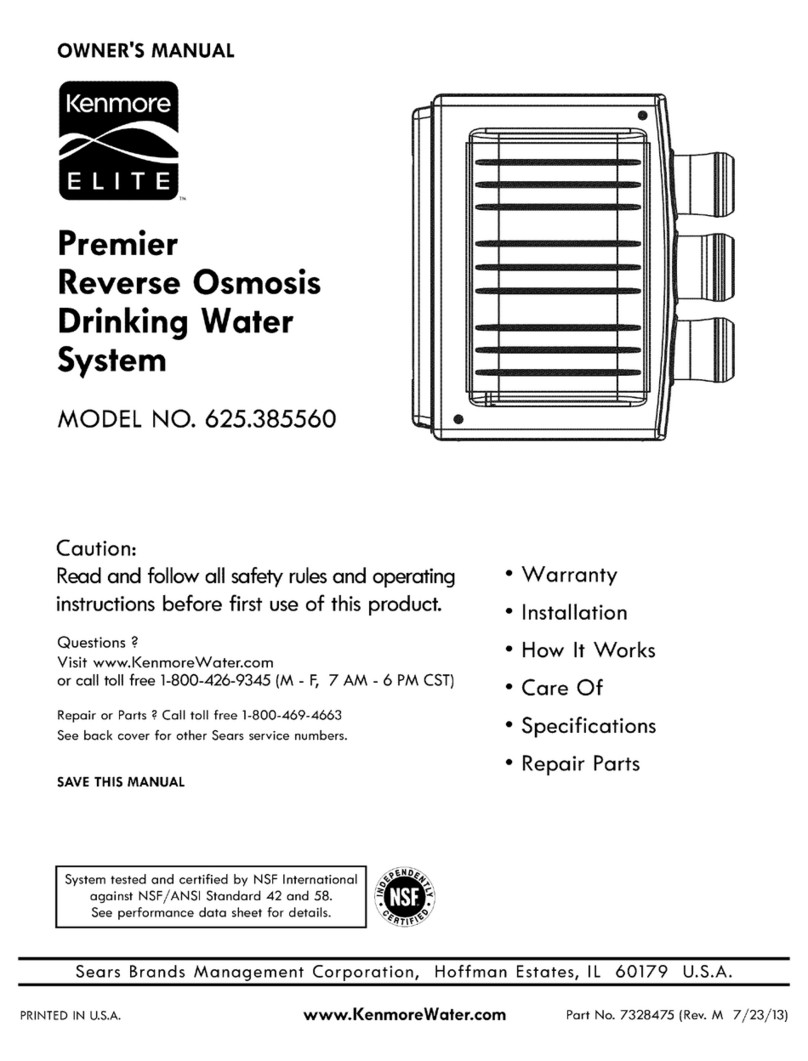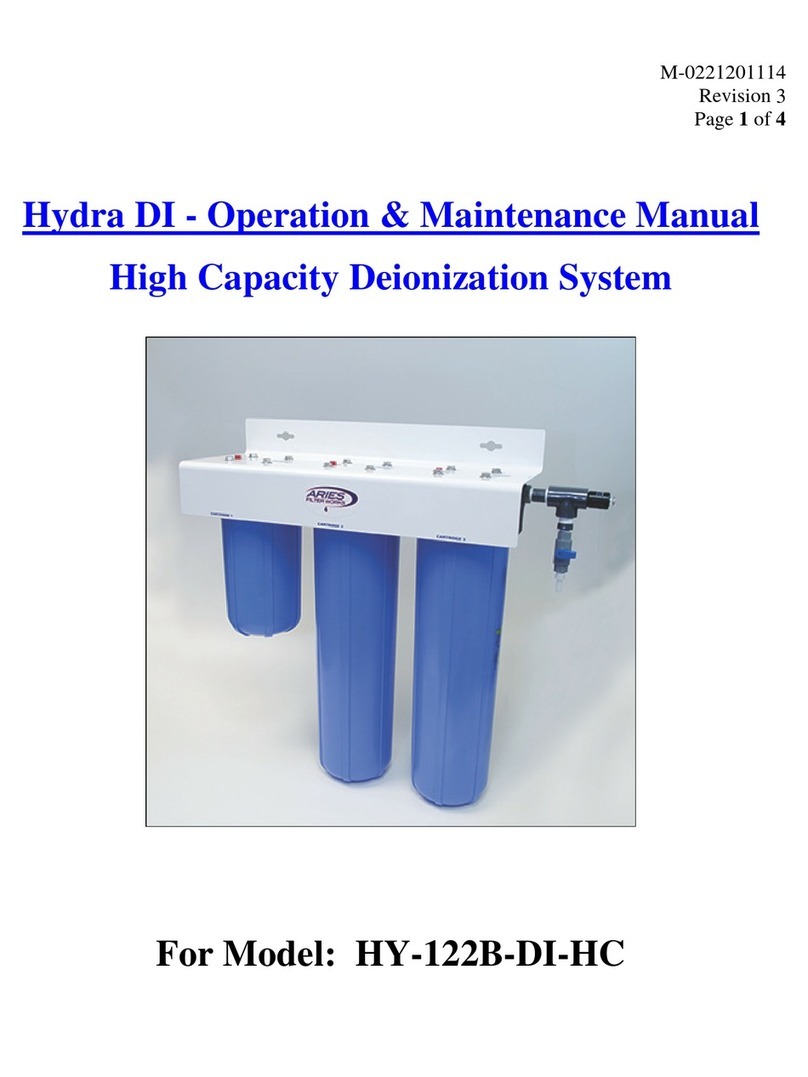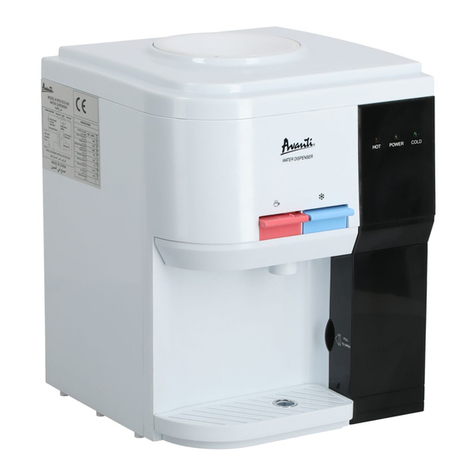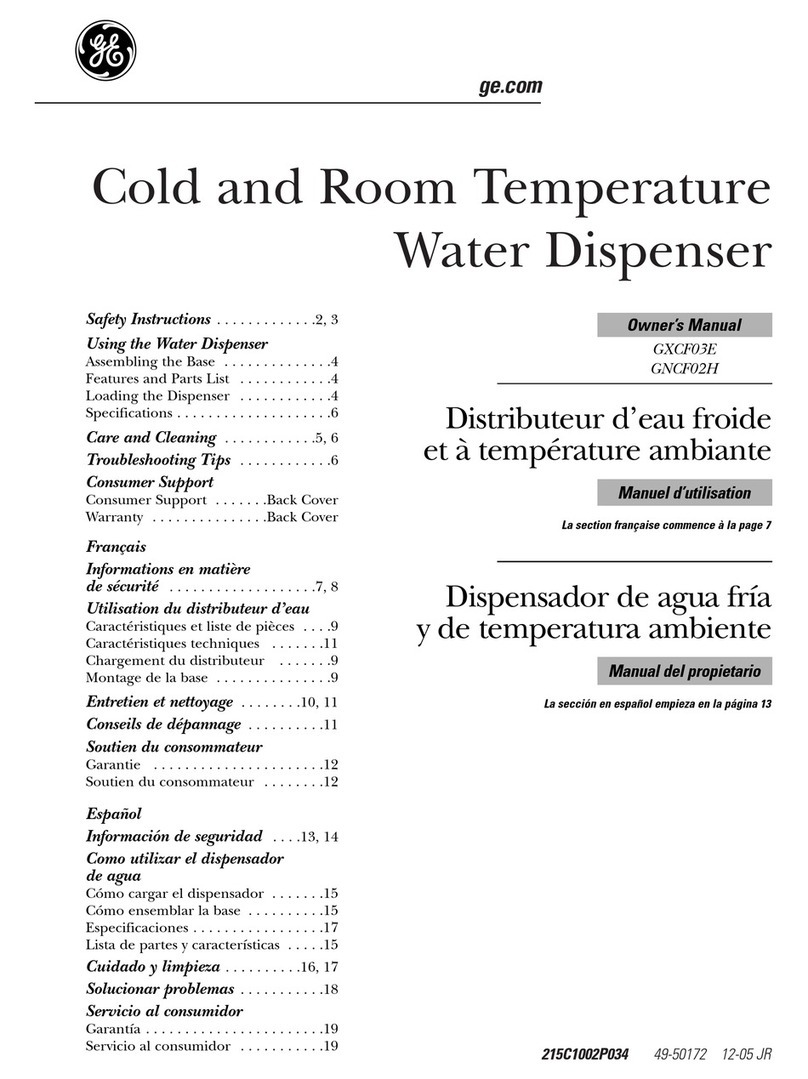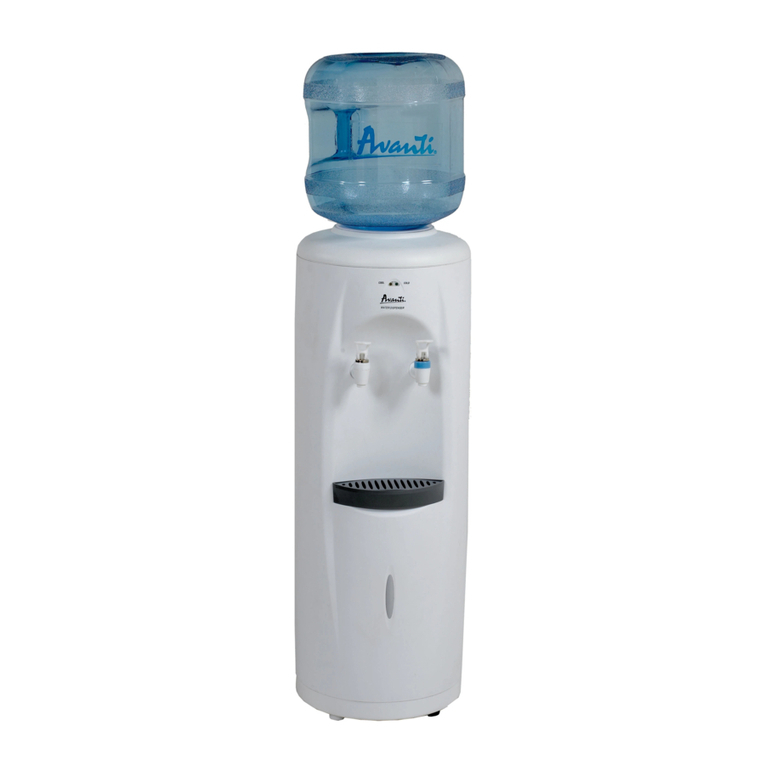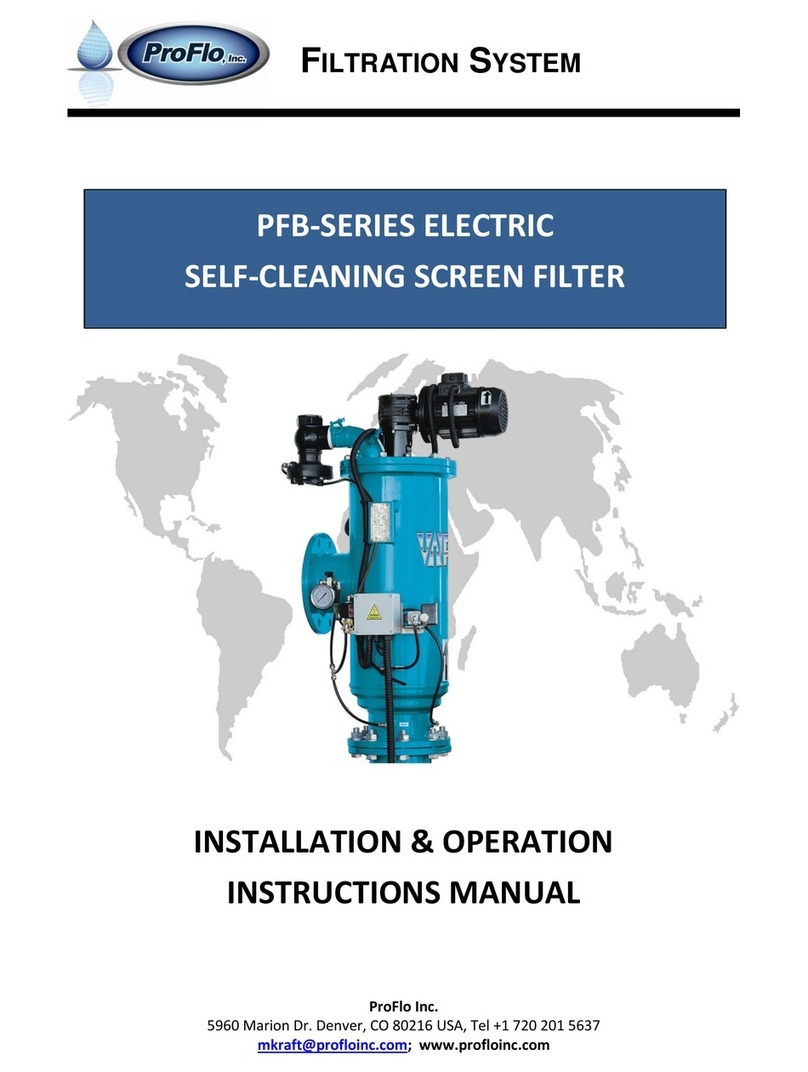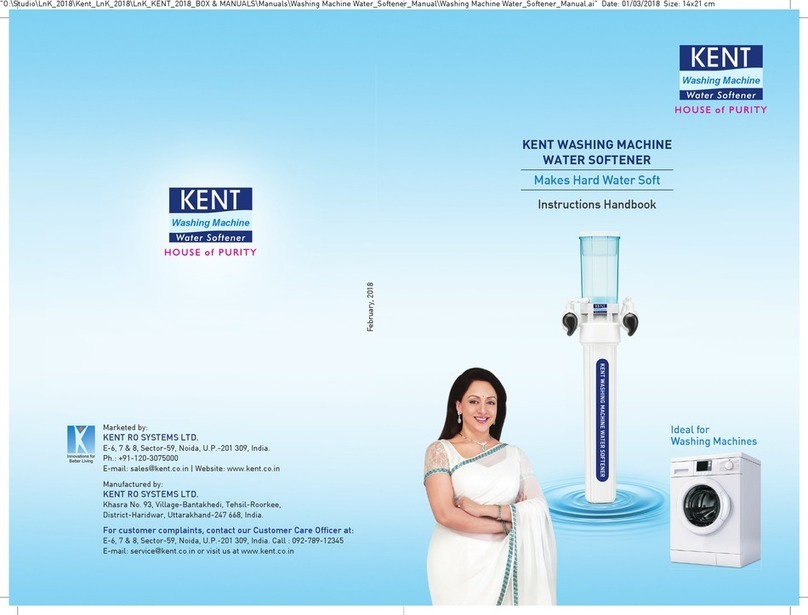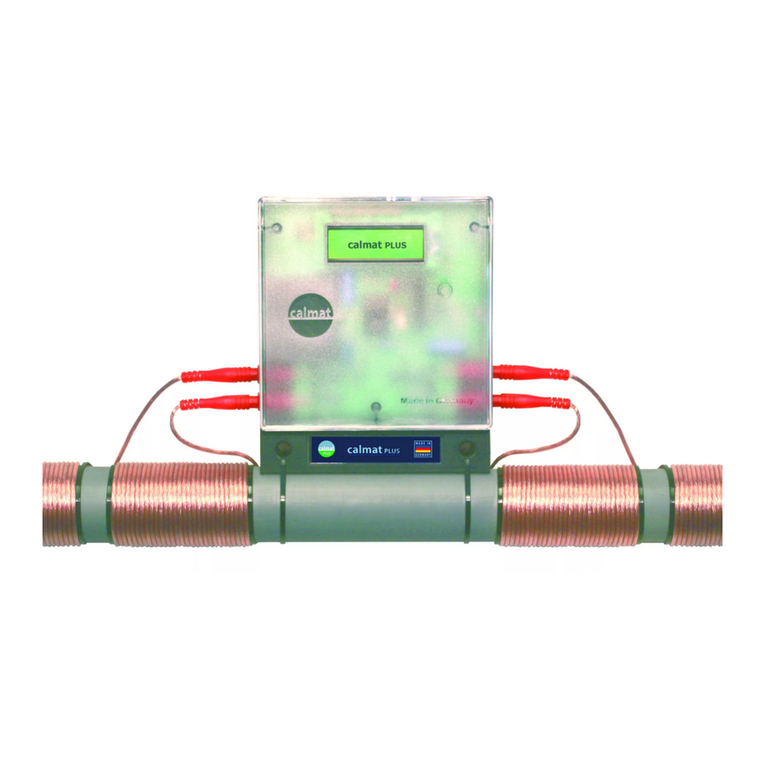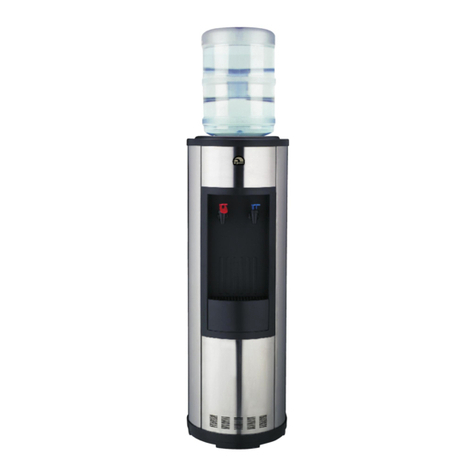
10
OPERATING DISPLAYS AND INSTRUCTIONS
1. GENERAL OPERATION: When the system is operating, one of three
displays may be shown. Pressing next will alternate between the displays.
One of the displays is always the current time of day. The second display
shows the current treated water flow rate through the system in Gallons Per
Minute. The third display is capacity remaining. Capacity remaining is the
gallons that will be treated before the system goes through a regeneration
cycle. The user can scroll between the displays as desired.
If the system has called for a regeneration that will occur at the preset time
of regeneration, the words “REGEN TODAY” will appear on the display.
With the water meter installed, the word “Softening” or “Filtering” flashes
on the display when water is being treated (i.e. water is flowing through
the system).
2. REGENERATION MODE: Typically a system is set to regenerate
at a time of no water use. If there is a demand for water when the system
is regenerating, untreated water will be delivered. When the system begins
to regenerate, the display will change to include information about the
step of the regeneration process and the time remaining for that step to be
completed. The system runs through the steps automatically and will reset
itself to provide treated water when the regeneration has been completed.
3. MANUAL REGENERATION: Sometimes there is a need to regenerate
before the control valve calls for it. This may be needed if a period of
heavy water use is anticipated or when the system has been operated
without salt.
• To initiate a manual regeneration at the next preset regeneration
time, press and release regen. The words “REGEN TODAY” will
flash on the display to indicate that the system will regenerate at
the next regeneration time (set in Programming, steps 4 and 5). If
you pressed the regen button in error, pressing the button again
will cancel the command.
• To initiate a manual regeneration immediately, press and hold the
regen button for three seconds. The system will begin to regenerate
immediately. This command cannot be cancelled.
Once a manual regeneration is initiated, the unit will go into the
BRINE FILL position and subsequent positions thereafter (see Start-Up
Instructions for regeneration sequence), the water filter will deliver water,
but it will be untreated.
4. POWER LOSS AND BATTERY REPLACEMENT: The AC transformer
comes with a 15 foot power cord and is designed for use with the control
valve; the transformer should only be used in a dry location.
In the event of a power outage that is less than 24 hours, the control valve
will remember all settings and time of day. After 24 hours, the only item that
needs to be reset is the time of day and will be indicated by the time of day
flashing. All other settings are permanently stored in the nonvolatile memory.
If a power loss occurs that is less than 24 hours and the time of day
flashes, this indicates that the battery is depleted. The time of day should
be reset and the non-rechargeable battery should be replaced. The battery
is a 3 Volt Lithium Coin Cell type 2032 and is readily available at most
stores. To access battery location, remove front cover (see diagram on
page 16 for battery location).
GENERAL OPERATION DISPLAYS
REGENERATION MODE
MANUAL REGENERATION
BATTERY REPLACEMENT
